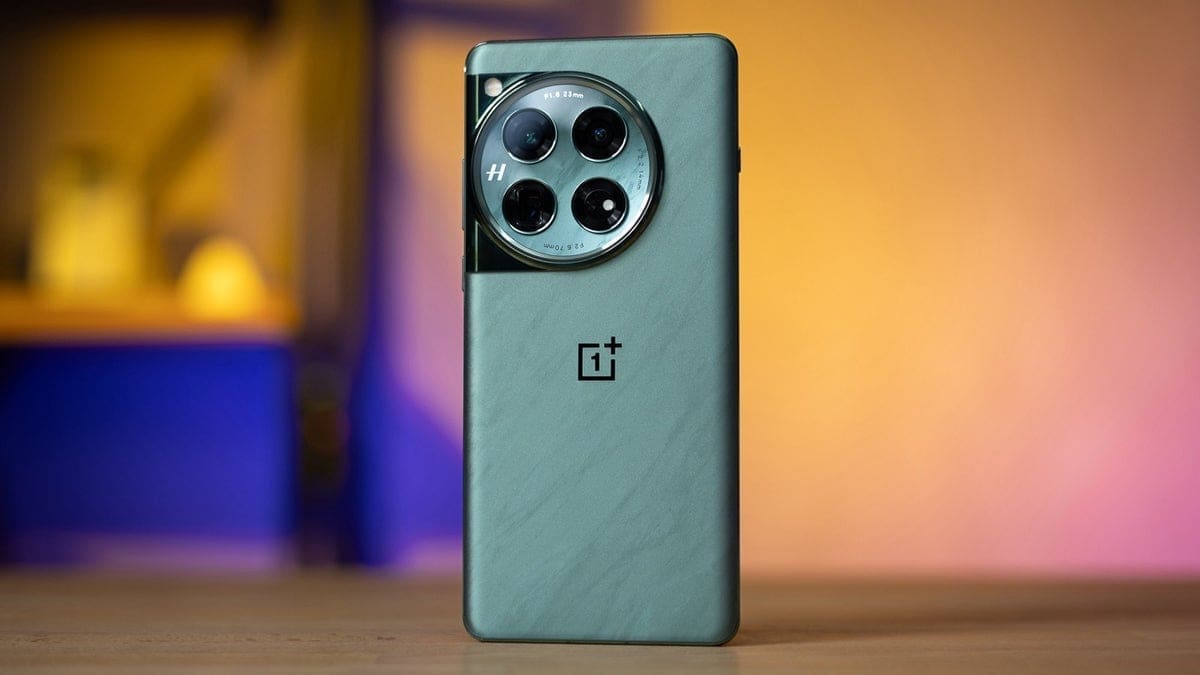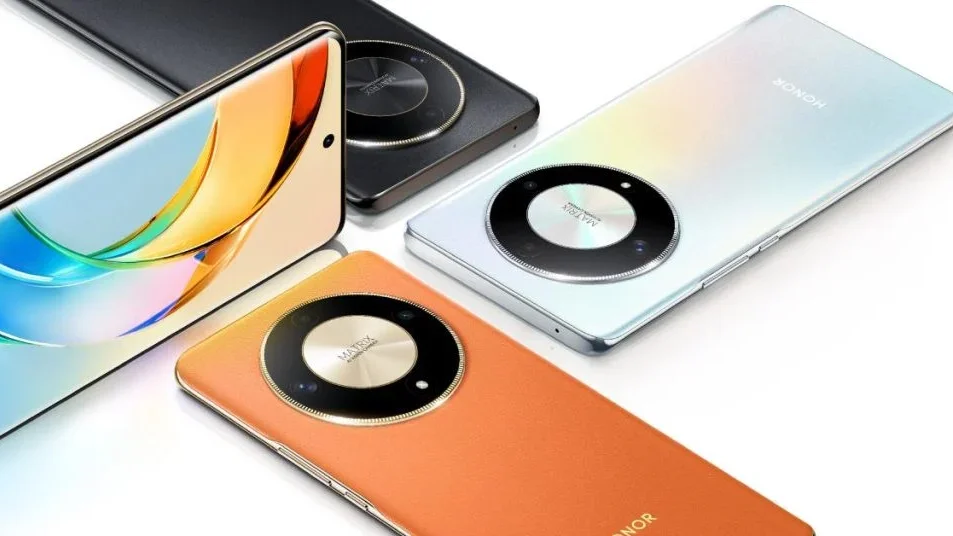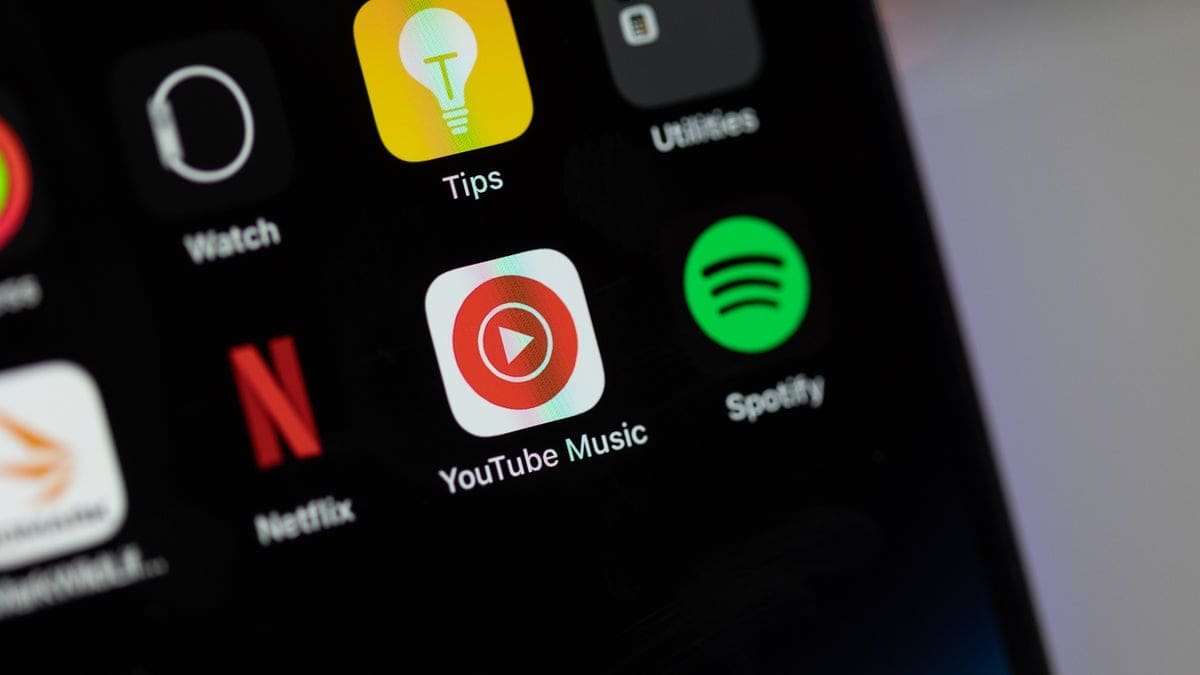The history of the Apple iPhone series began in 2007 when Steve Jobs introduced the world to a groundbreaking 3-in-1 device. This device combined an iPod music player, an Internet communication device, and a traditional phone, giving birth to the original Apple iPhone.
Throughout the years, the iPhone has evolved and improved, building upon the solid foundation that was established from the start. Each new iPhone model brought innovation, smooth performance, a user-friendly interface, privacy features, and unique standout features.
Let’s take a look at the Apple iPhone history, starting from the very first model to the most recent ones:
1. iPhone (2007): The original iPhone revolutionized the smartphone market with its larger screen, multi-touch interface, and on-screen keyboard. It featured a 3.5-inch display, iOS operating system, 2-megapixel camera, and iPod music player integration.
2. iPhone 3G (2008): The iPhone 3G introduced a new design with a glossy plastic body and added 3G connectivity for faster web browsing. It also included GPS for improved maps and navigation.
3. iPhone 3GS (2009): The iPhone 3GS focused on speed and brought important improvements such as faster performance, video recording capabilities, and a digital compass.
4. iPhone 4 (2010): The iPhone 4 featured a major design overhaul with a glass construction and metal frame. It introduced the Retina display with a resolution of 640 x 960 pixels, along with a front-facing camera and a higher-quality 5-megapixel rear camera.
5. iPhone 4s (2011): The iPhone 4s introduced Siri, a smart voice assistant that could perform tasks and answer questions. It also came with a more powerful processor, an 8-megapixel camera, and iCloud for cloud storage.
6. iPhone 5 (2012): The iPhone 5 featured a slightly larger 4-inch display and an aspect ratio of 16:9. It also introduced a new Lightning connector and improved LTE connectivity.
7. iPhone 5s and iPhone 5c (2013): The iPhone 5s introduced a Touch ID fingerprint sensor for enhanced security. The iPhone 5c came in a colorful plastic design, targeting a more budget-friendly market.
8. iPhone 6 and iPhone 6 Plus (2014): The iPhone 6 and 6 Plus brought larger screens with sizes of 4.7 inches and 5.5 inches, respectively. They also introduced Apple Pay, a mobile payment service.
9. iPhone 6s and iPhone 6s Plus (2015): The iPhone 6s series included 3D Touch, a pressure-sensitive display technology. It also brought improvements to the camera and introduced Live Photos.
10. iPhone SE (2016): The iPhone SE combined the design of the iPhone 5s with the internals of the iPhone 6s, offering a more compact option with powerful performance.
11. iPhone 7 and iPhone 7 Plus (2016): The iPhone 7 series introduced water resistance, removed the headphone jack, and included a new dual-camera system on the larger iPhone 7 Plus.
12. iPhone X, iPhone 8, and iPhone 8 Plus (2017): The iPhone X featured a bezel-less display, Face ID facial recognition, and wireless charging. The iPhone 8 and 8 Plus maintained a similar design to previous models but included wireless charging as well.
13. iPhone XR, XS, and XS Max (2018): The iPhone XR offered a more affordable option with a larger display. The iPhone XS and XS Max featured improved cameras and performance.
14. iPhone 11, 11 Pro, and 11 Pro Max (2019): The iPhone 11 series brought significant camera improvements, including Night Mode. It also introduced the A13 Bionic chip for faster performance.
15. iPhone SE (2020): The second-generation iPhone SE combined a compact design with modern internals, including the powerful A13 Bionic chip.
16. iPhone 12 mini, 12, 12 Pro, and 12 Pro Max (2020): The iPhone 12 series introduced a flat-edged design, 5G connectivity, improved cameras, and the A14 Bionic chip.
17. iPhone 13 mini, 13, 13 Pro, and 13 Pro Max (2021): The iPhone 13 lineup featured enhanced cameras, improved battery life, and the A15 Bionic chip.
18. iPhone SE (2022): The third-generation iPhone SE retained the compact design but received upgrades in performance, camera capabilities, and 5G connectivity.
Future models (expected): Apple is rumored to release the iPhone 14, 14 Plus, 14 Pro, and 14 Pro Max in 2022, followed by the iPhone 15, 15 Plus, 15 Pro, and 15 Ultra in fall 2023.
The Apple iPhone series has come a long way since its inception, consistently pushing the boundaries of innovation and delivering exceptional user experiences. Whether it’s the original iPhone or the latest models, each iteration adds new features and improvements, making the iPhone a leading choice in the smartphone market.










